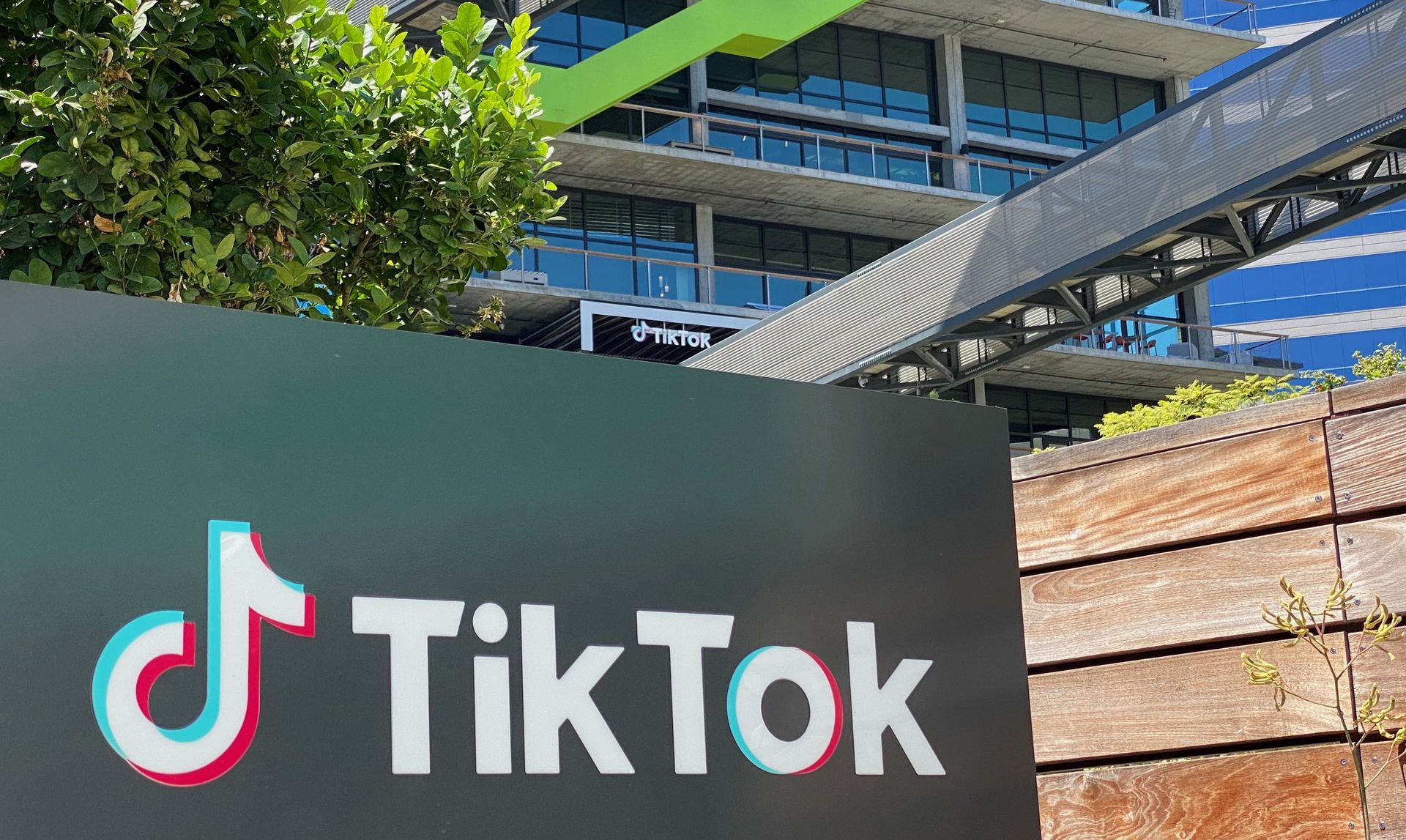Parents sue TikTok according to a new lawsuit, filed on June 30 in Los Angeles County Superior Court over Blackout Challenge. It claims that Lalani Erika Renee Walton, 8, of Temple, Texas, and Arriani Jaileen Arroyo, 9, of Milwaukee, both perished last year after allegedly attempting to complete the Blackout Challenge, which encouraged users of social media to choke themselves until they passed out.
There were numerous actions TikTok might have done after the first child died from self-strangulation while attempting a suggested “Blackout Challenge” to prevent other children from suffering the same fate. Instead, according to a recent complaint filed in California, TikTok decided to keep making money off of what is now thought to be its deadliest problem, directly contributing to the deaths of six additional children in 2021.
The parents of two of the kids, females aged 8 and 9, filed the complaint. They contend that their children died after undertaking the Blackout Challenge after becoming addicted to TikTok and being given a continual diet of videos that appeared to be harmless challenges to get them to take part. (Users of TikTok are urged to record videos of themselves choking until they pass out as part of the Blackout Challenge.)
Parents sue TikTok due to “Blackout Challenge”
The lawsuit seeks damages from TikTok for its product design that led kids to videos rather than blaming producers for damaging films or suing TikTok for hosting videos.
The Social Media Victims Law Center (SMVLC) legal team representing the parents summarized the extensive complaint in a statement, saying: “The suit alleges that TikTok’s defective design of its social media product results in an addictive product that is not safe for users and fails to warn minors and their parents that TikTok is addictive and pushes harmful content onto their ‘For You’ page that could endanger their wellbeing.”
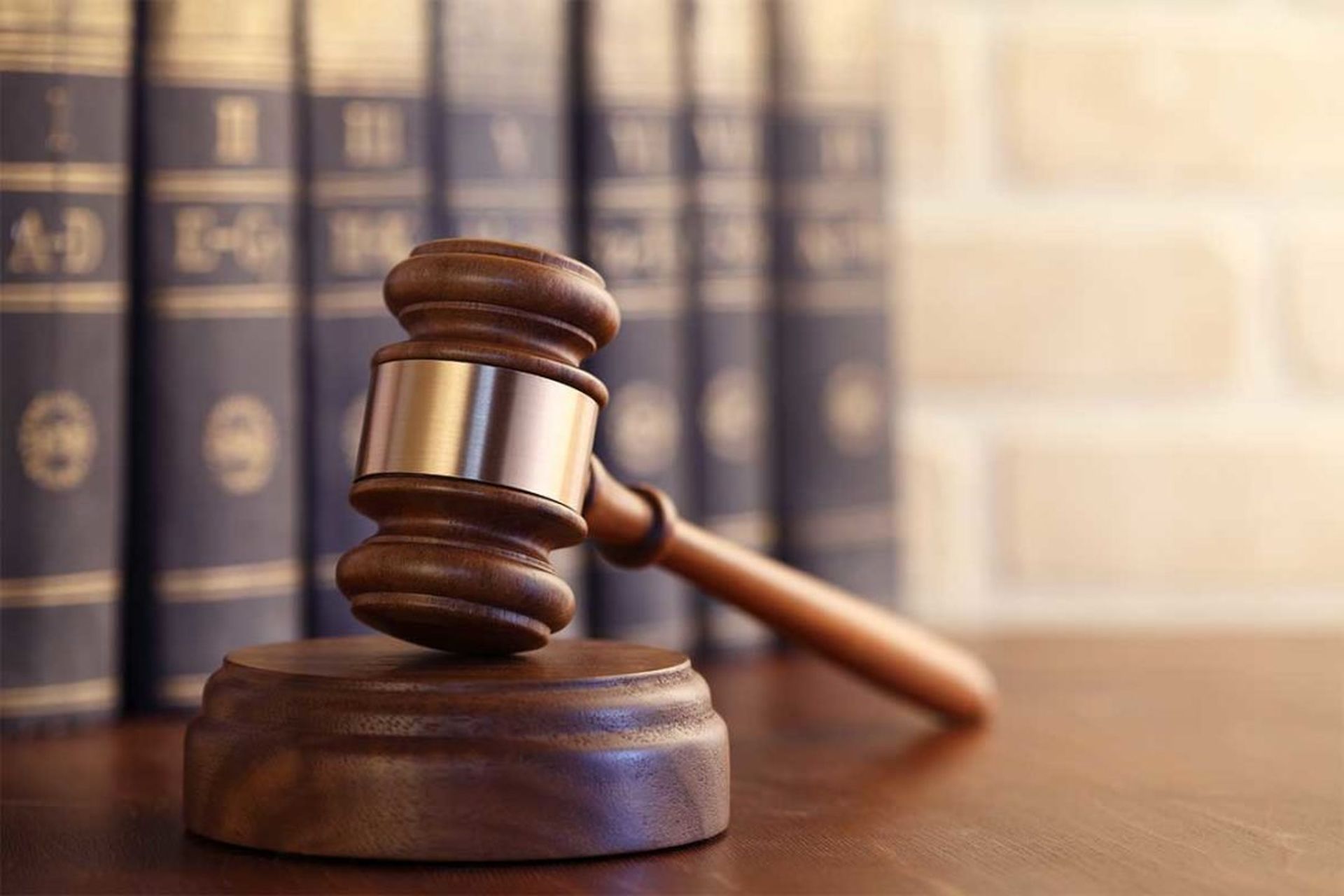
Ars’ request for comment from TikTok was not immediately answered, although a spokesman for the firm told The New York Times that “the company would not comment on continuing litigation.” A previous company statement to People magazine about a 10-year-old girl who also passed away after undertaking the Blackout Challenge was also referenced by the representative. According to TikTok at the time, the “disturbing challenge” preceded their platform and was never “a TikTok trend.” TikTok promised to “remain vigilant in our commitment to user safety” and “immediately remove related content” if it was discovered, and it offered its “deepest sympathy” to the family impacted by that incident.
Contrary to popular belief, the lawsuit asserts that “the ‘Blackout Challenge’ today cannot be located on TikTok’s social media product,” demonstrating that the videos may have been taken down as soon as TikTok became aware of the first death. Even though “the cost of implementing age and identity verification into TikTok’s product would be negligible,” the firm decided against doing that or any earlier measure to reduce youngster exposure to the challenge.
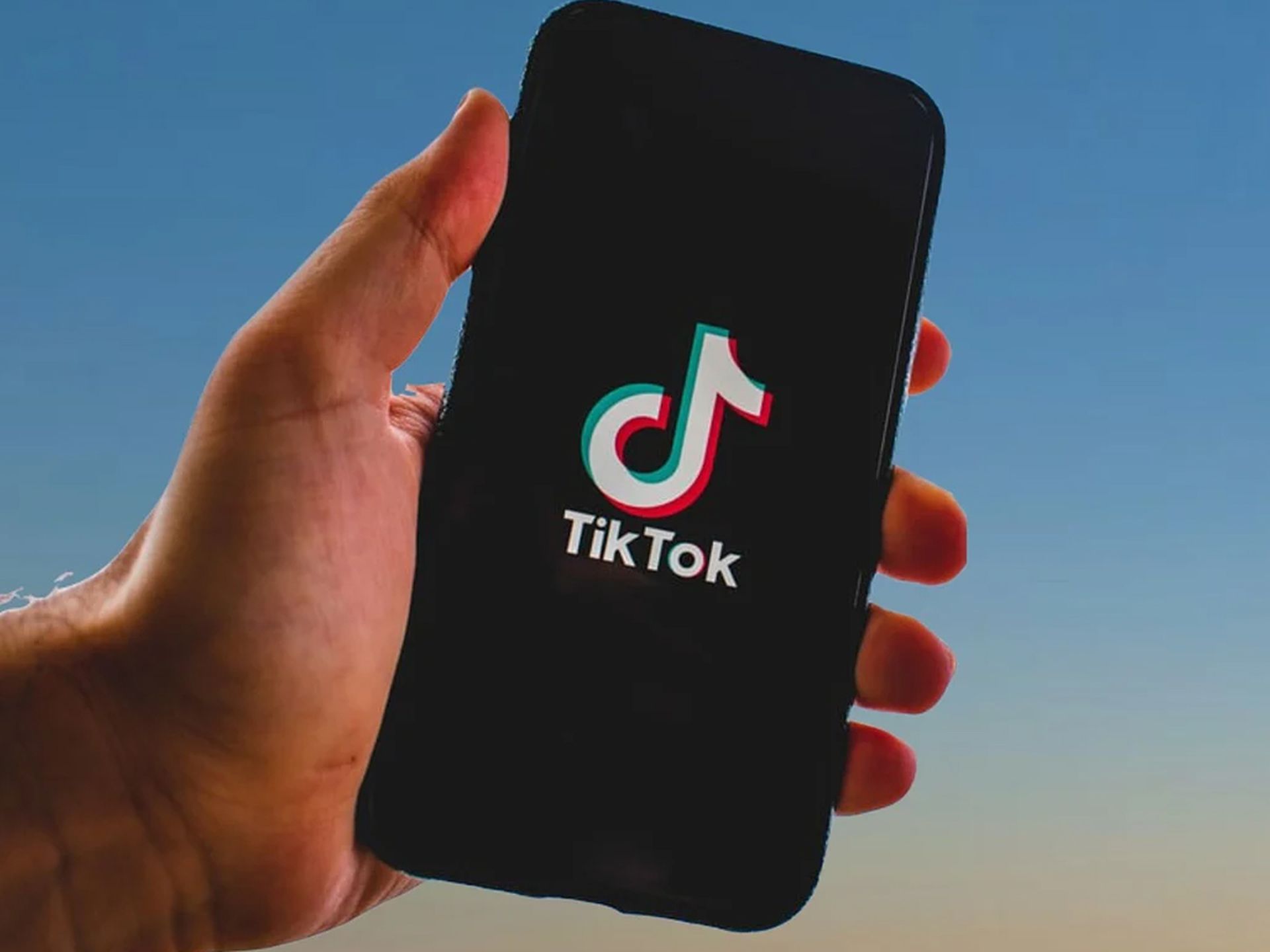
Parents demand a jury trial to determine whether TikTok’s design has to alter in order to make TikTok accountable for addicting their children. Although the amount of damages sought is not yet known, it is anticipated that they would compensate the children’s “intangible losses” sustained prior to their deaths as well as the loss of their “future earning capacity” and “normal activities, pursuits, and pleasures.”
“TikTok needs to be held accountable for pushing deadly content to these two young girls. TikTok has invested billions of dollars to intentionally design products that push dangerous content that it knows are dangerous and can result in the deaths of its users,” stated SMVLC attorney Matthew P. Bergman, who is part of the parents’ legal team.
What was there for TikTok to do?
Parents who are suing TikTok claim it is clear that their children are too young for the app when they share videos of themselves. According to the lawsuit, the platform is aware that “hundreds of thousands of children as young as 6 years old are currently using its social media product,” but does nothing to stop them because doing so would reduce their ad revenue.
“TikTok has information and knowledge that can determine with reasonably [sic] certainty each user’s age, habits, and other personal information, regardless of what information the user provides at the time of account setup. In other words, TikTok knows when a user claims to be 21 but is really 12,” the complaint states.
There are other options besides banning children under 13 from TikTok, though. The complaint asserts that after the initial report in January 2021 of a youngster dying after attempting the “Blackout Challenge,” TikTok had numerous opportunities to act to save lives.
Adding a mechanism for age and identity verification at sign-up is one of these steps since it will allow TikTok to alert parents of their children’s app activity and prevent content like Blackout Challenge videos from ever reaching their feeds. By including that feature, TikTok may limit how frequently users can log in, how long they can browse in a single session, or even shut down service at night, making the platform less addictive for children.
The complaint claims that despite knowing “the deadly ‘Blackout Challenge’ was spreading through their app and that their algorithm was specifically feeding the ‘Blackout Challenge’ to minors, including those who have died,” TikTok did nothing instead of checking into any of those possibilities. It claims that by deliberately deciding that the Blackout Challenge was content that was “appropriate and fitting for small children,” TikTok essentially performed the opposite of what was intended.
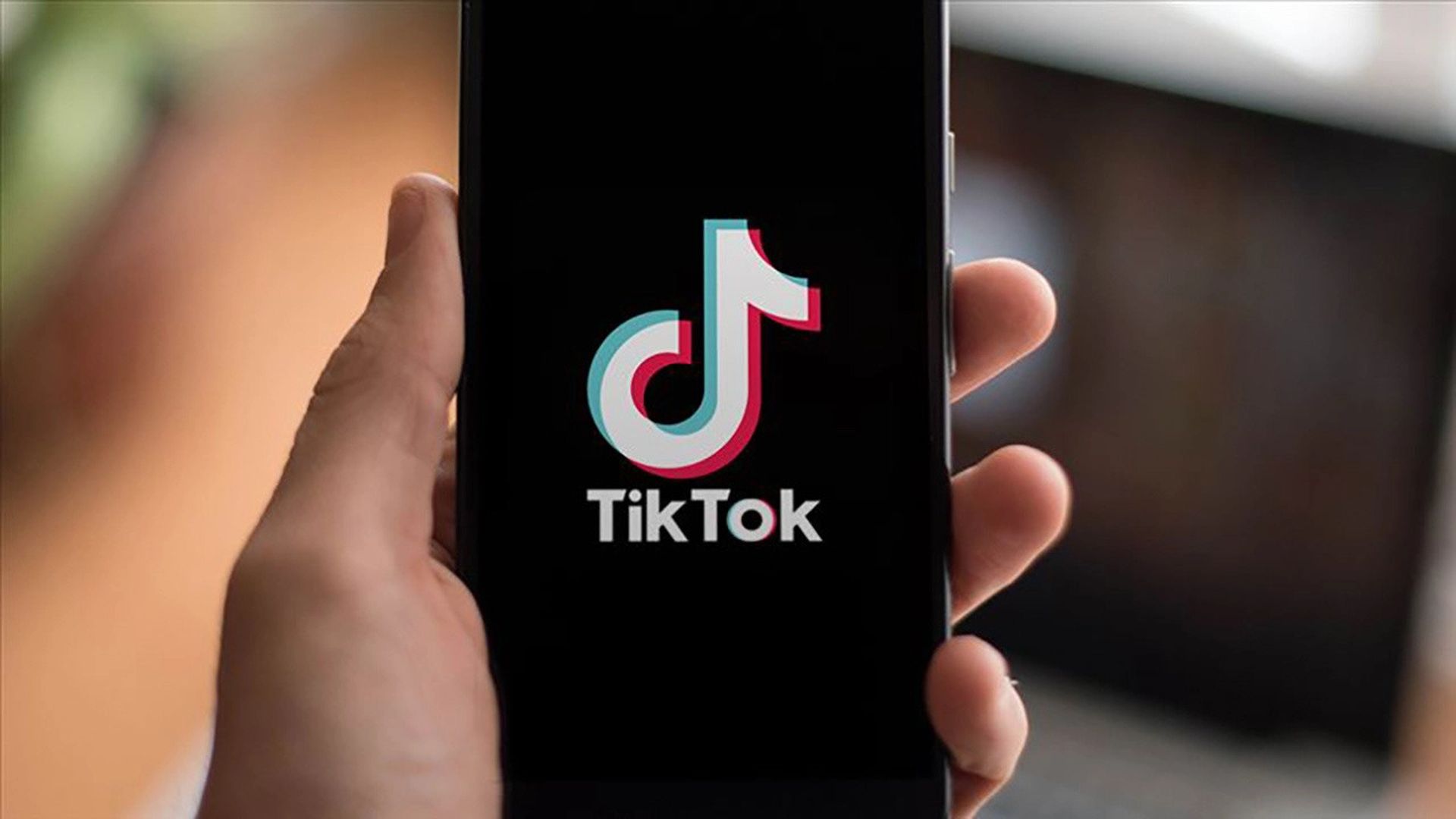
According to the lawsuit, the issue is more serious than just deleting the Blackout Challenge videos from TikTok. TikTok promotes many risky videos to young users despite advertising the app as “safe and fun for all ages,” which is why the complaint targets TikTok’s product design rather than the company or its content providers for promoting viral material. The lawsuit lists more than 20 tasks, including the Blackout Challenge, that are thought to be hazardous for children and encourage them to do everything from setting themselves on fire to chase a hallucinatory trip by taking too much Benadryl.
TikTok is not covered by rules barring users from suing or bringing other legal claims against tech companies for hosting videos deemed offensive or hazardous because the complaint contends that the issue is with the app’s design rather than the video content.
“TikTok could manifestly fulfill its legal duty to design a reasonably safe social product and furnish adequate warnings of foreseeable dangers arising out of the use of TikTok’s product without altering, deleting, or modifying the content of a single third-party post or communication,” the lawsuit states.
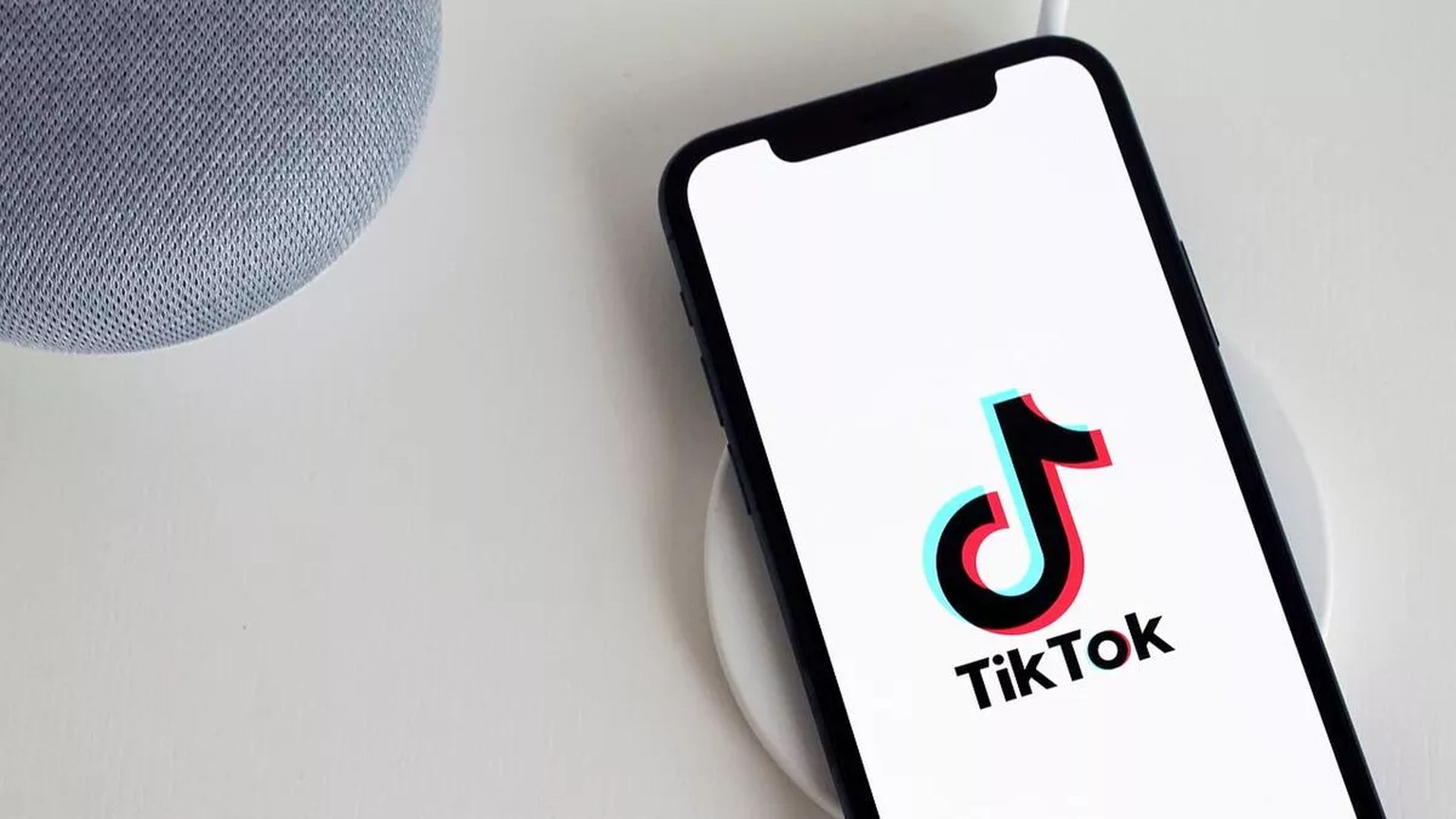
The complaint isn’t about free speech; rather, it’s about the dangers of TikTok’s products, user recklessness, and violations of the California Consumer Legal Remedies Act by compulsive users who force them to spend as much time as possible on the app and encourage them to engage in harmful behaviors. The lawsuit claims that TikTok fails to communicate that taking part in challenges could result in death and encourages users to watch risky videos.
The only justification offered for TikTok’s design is that it would not be as profitable to create the product in another manner. Parents in grief argue that the company’s business strategy hinges on addicting children.
“TikTok spends millions researching, analyzing, and experimenting with young children to find ways to make its product more appealing and addictive to these age groups, as these age groups are seen as the key to TikTok’s long-term profitability and market dominance,” the complaint states. Recently, TikTok changed voice of text-to-speech feature after receiving a lawsuit, check out the details in our article.

